Well if you are reading this, you are probably in the Market for Your First Horse or Pony. Perhaps you have an idea of what you are looking for; a magical steed like Shadowfax, from the Lord of the Rings; or maybe you are looking for a Black Beauty? Whatever your final decision there are a few things for you to consider. Although many of us believe horses are the stuff that dreams are made of, let’s face it, we all can have bad dreams! Here we outline 5 Steps that you need to keep in mind as you head off on your quest to find your Noble Steed;-)
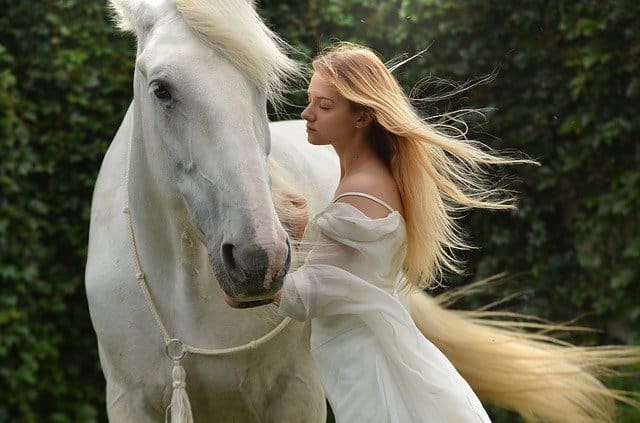
Step 1 – Accommodation For Your Horse – My Horse, My Horse, A Stable for My Horse;-)
Before you seal the deal it is a good idea to decide where you plan to keep your horse. Will you be keeping it at your local riding centre or livery yard, or do you plan to keep it at home?
If this is your first horse you may decide that you would prefer to keep it with professionals, as you learn a little more about owning a horse. Perhaps you are tight for time and need to keep it on livery so that you know that your horse will be cared for even on those days that you are too busy to ride. Whatever you decide there will be various costs involved. We outline some of these below;
Full Working Livery – This is where your horse will be fed, mucked out, exercised and groomed and cared for daily. If you don’t manage to get to see your horse for a day or two, there is no need to worry as they will be looked after by the staff at the yard. Livery of this type can cost anywhere from €120/€150 per week upwards, but if you are busy and new to owning a horse it can be a very good way to get started.
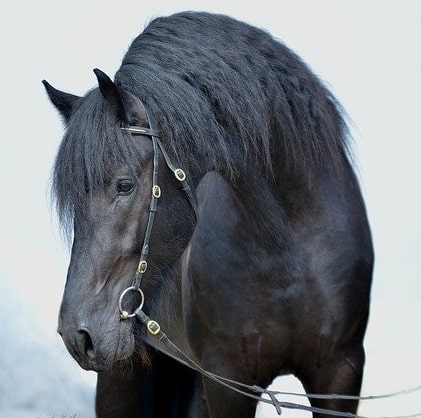
Full Livery – This is where your horse is fed, mucked out, turned out and groomed; it costs anything from €80 to €100 per week. However the exercising or ridden work is left to you the owner. This can be a great form of livery if you have ample time to ride, but still prefer to have plenty of support with the care of your new horse.
Grass Livery – Grass Livery can be a cost effective way to keep your horse, it is usually anything from €30 to €50 per week. Hay and Feed is usually extra, but hay is usually not necessary during the summer months. When paying for grass livery at professional yard, your horse will be checked with the other horses usually twice daily. If you miss a day of riding it doesn’t matter as your horse is in the field getting his natural exercise as he grazes.
Keeping Your Horse At Home – If you opted for keeping your horse at home, you obviously have a little bit of grazing available. For one horse you will require approximately 1 acre of ground. Maybe you have a stable; if not a field shelter is a good idea, so that your horse has some form of shelter for both the summer and the winter months. When you keep your horse at home you will need to make sure that he is checked over twice daily while at grass making sure that he has access to clean, fresh water.
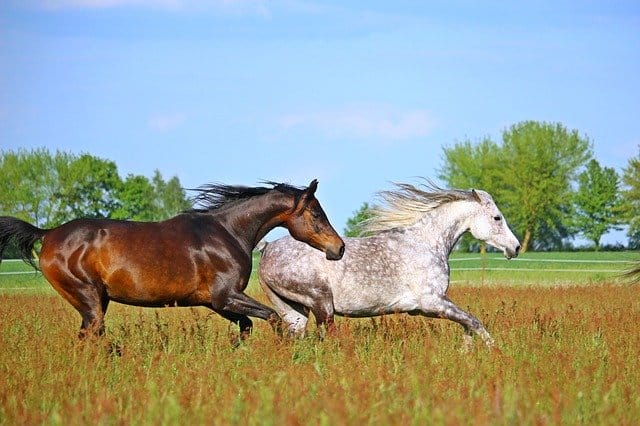
If he is stabled at home, he will need to be mucked out every day, fed and hayed at least twice daily with fresh water available at all times. He will also need to be exercised daily, for example lunged, ridden work, or turned out to a grass paddock for some grazing.
Step 2 – What Type of Horse Are You Looking For, Dressage, Jumping or an All Rounder?
The type of horse that you purchase is very important firstly this will depend on your experience as a rider, but also it will depend on what you plan to do with the horse and what budget you have to spend. Do you plan to do Dressage, Jumping or Eventing or a bit of everything?
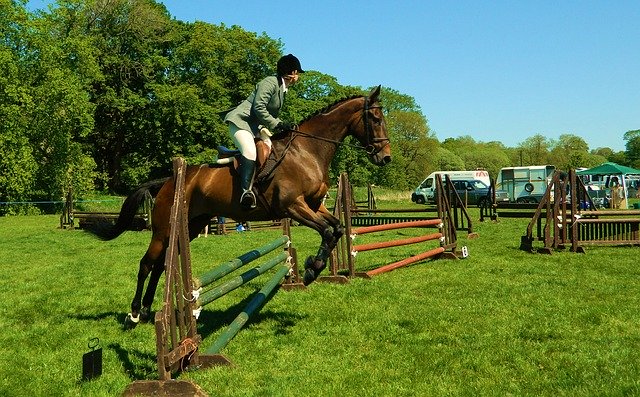
Maybe you have visions of yourself prancing around on your black stallion Storm; however, the reality is that if you buy more horse than your ability can handle the whole experience could end up as a disaster! That’s not to say that you will never have your black stallion, but it is probably better to wait until you have a little more experience.
If you have been riding for a couple of years and this is your first horse, you are probably better off for your own confidence and enjoyment buying a schoolmaster. By this we mean a horse or pony that has done a bit of everything. For a first horse anything from 8 to 10 years old is a perfect age. It is sensible to buy something with a bit of a proven track record, that has done some dressage, showjumping and cross country. This will allow you both to get going straight away and start having some fun!
Step 3 – The Importance of The Size, Breed and Temperament of Your Horse.
When buying your first horse the size and the breed of the horse are also important. For example, there is no point buying a 17hh, highly strung Thoroughbred, if you are a petite novice. Always buy to suit your ability, a nice sensible Connemara Cob or an Irish Sport Horse may be just what the Doctor ordered to allow you to gain experience and enjoy new adventures as a horse owner.
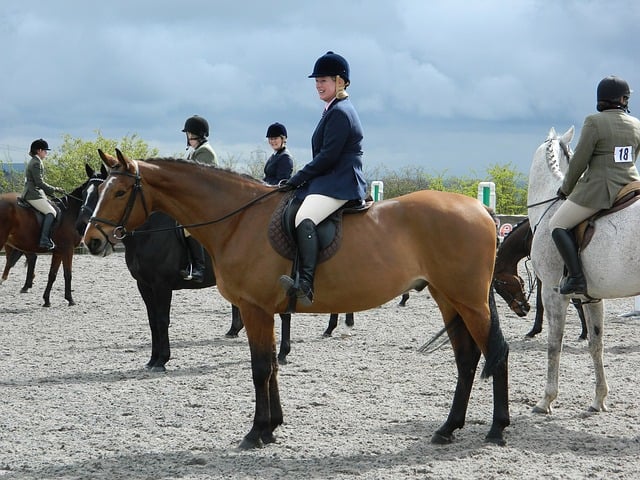
A good temperament we also believe is key, especially for a first horse. Aim to buy a horse that likes being around people while also enjoying their work. As a new horse owner there is nothing more satisfying than spending time at the yard grooming and riding your horse. This would be a lot less enjoyable if you were met with gnashing teeth, and flying feet, remember a good temperament is so important in a horse.
Step 4 – Bring An Expert.
When going to view horses it is wise to bring an expert along with you. Perhaps your Instructor or Trainer would be a good choice, someone that you trust, who will steer you in the right direction. An Expert will help to pinpoint any stable vices or problems with the animals. This will save you time and money in the long run and perhaps a costly vetting if the horse is not suitable.
Step 5 – Always Have Your New Horse Vetted, because the Day You Buy is the Day You Sell!
When buying your horse, make sure that it is sound and capable of doing the work that you require. So once you have selected a horse and you are happy with the breed and temperament, now it’s time to have a Vet Check.
Vetting a Horse for Soundness is vital prior to purchase. If you purchase without a clean vet cert, the horse could have an underlying illness or unsoundness that would render him useless and unfit to be ridden, leaving you high and dry with no horse to ride!
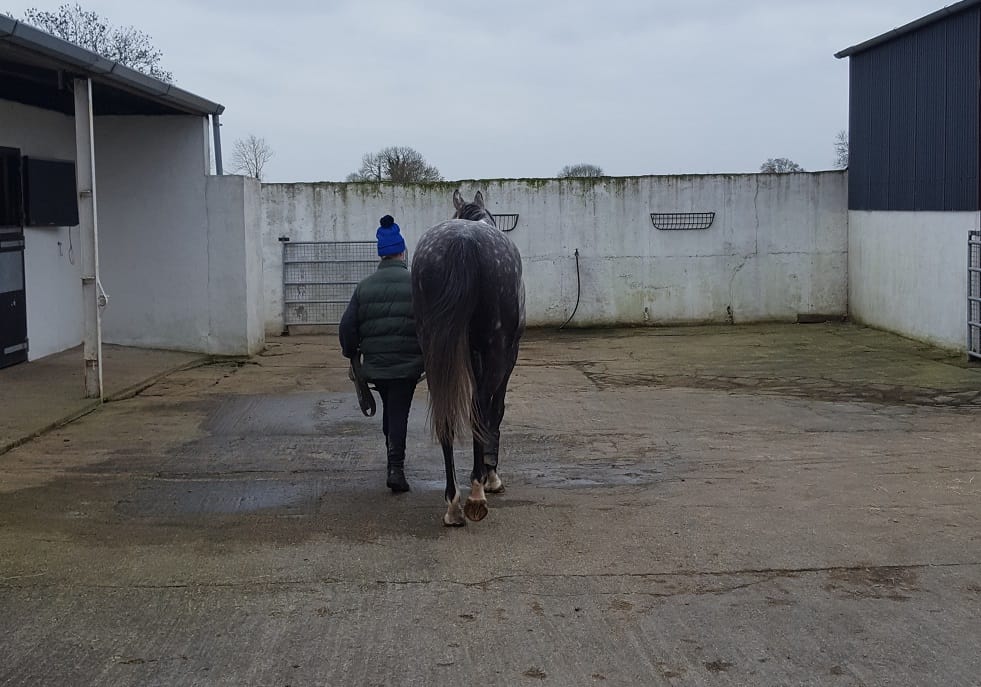
The Standard Vetting will look at what the horse is being purchased for, it will ensure that heart, wind and eyesight are healthy along with healthy limbs. The vet will usually check the animal over looking for asymmetry, bumps or swellings. Any blemishes or problems will be noted, and a cert provided. A blood sample is often taken to ensure that the animal is not on any medications that have not been disclosed. If you are buying a top competition horse, a set of x rays of the limbs and spine will also be taken.
Vetting is a crucial part of your purchase, as the Day you Buy a Horse is the Day you Sell a Horse, meaning if you buy an animal that is unsound the chances are you will be unable to sell them again. Always, Always Vet a Horse Prior to Purchase.
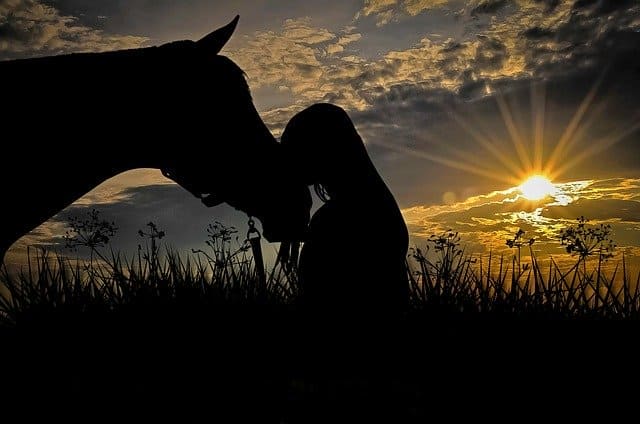
Buying your first horse is such an exciting time, remember to buy a horse to fit the job that you want him to do, if that is to be your happy hacking partner, so be it;-) Always Vet prior to purchase to make sure that the horse is sound and capable of the work he is to do and above all relish every moment of the new adventures that you will have together!
This Article was originally published in the July 2020 Issue of Irish Sport Horse Magazine. All Pictures in this piece are from Pixabay unless otherwise referenced.
